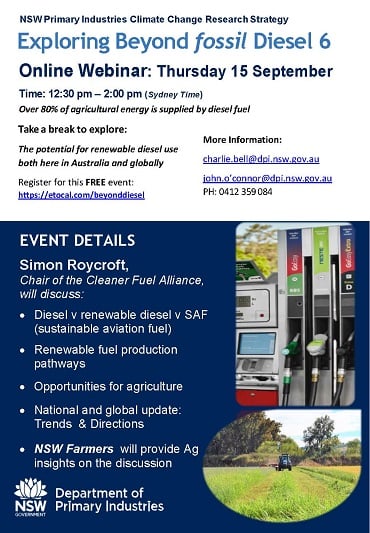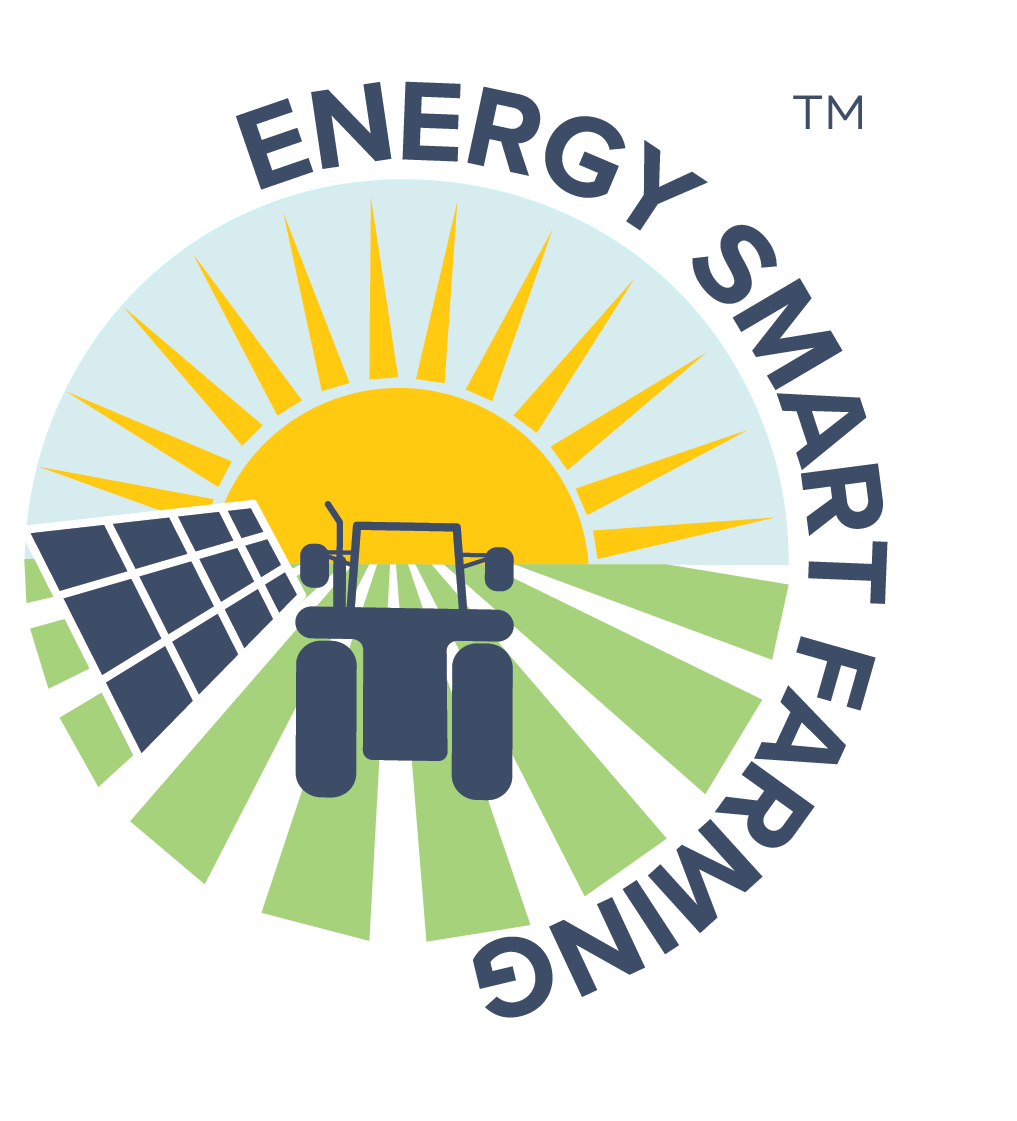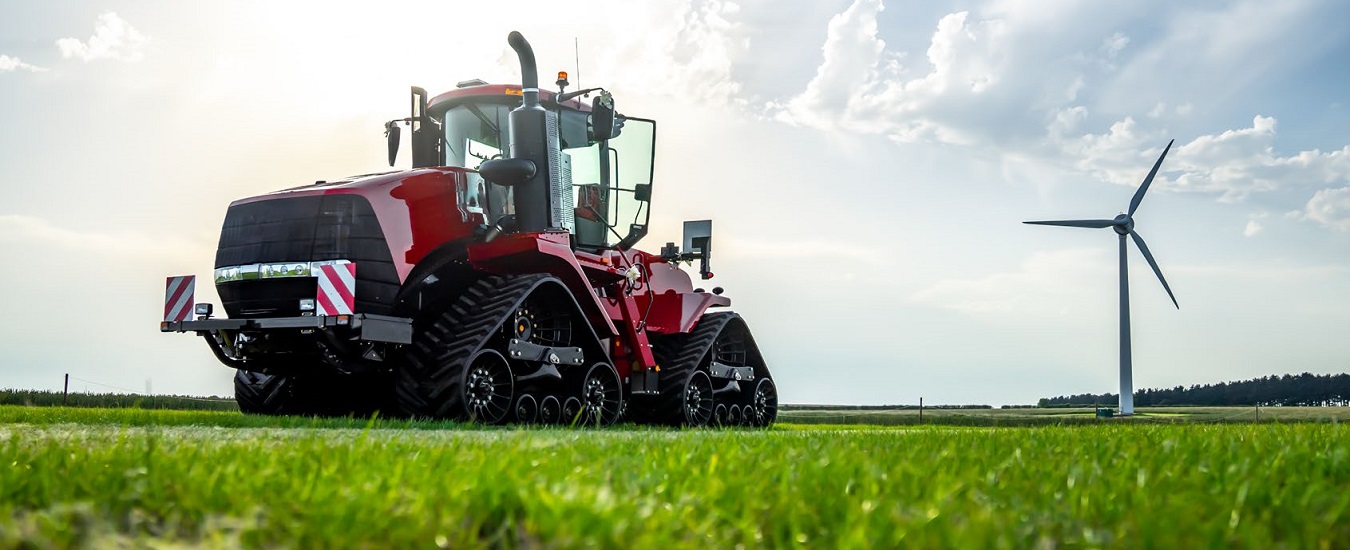Looking ahead…
NSW DPI have been looking at renewable diesel and how that may fit into the transition to lower carbon and increased fuel security.
“Renewable diesel” is not “biodiesel diesel”. It can be a 100% replacement and has identical chemical characteristics to “fossil/petroleum diesel”. As a solution it seems a good fit as the storage, transport and vehicle engines could all stay the same!
So, what is renewable diesel and how is it different to biodiesel?

Image source: What is Renewable Diesel? -PacStatesPetro
Biodiesel is usually made by treating oils and fats. In biodiesel production, the feedstock is reacted with methanol to produce fatty acid methyl esters (FAME). Biodiesel is usually added as a blend to fossil diesel commonly from 5% (B5) to 85% (B85). Many people would know someone who has run their vehicle on treated oil from the fish and chip shop; that is an early type of biodiesel.
Renewable diesel can be made from the same feedstock as biodiesel (fats or vegetable oils) but renewable diesel can also be made from other biomass products and wastes such as algae, crop residues and woody biomass. Renewable hydrocarbon fuels such as renewable diesel can be made through a few different chemical processes such as:
- Traditional hydrotreating—Used in petroleum refineries, hydrotreating involves reacting the feedstock (lipids) with hydrogen under elevated temperatures and pressures in the presence of a catalyst
- Pyrolysis—Uses chemical decomposition of organic materials at elevated temperatures in the absence of oxygen. The process produces a liquid pyrolysis oil that can be upgraded to hydrocarbon fuels, either in a standalone process or as a feedstock for co-feeding with crude oil into a standard petroleum refinery
- Gasification— Biomass is thermally converted to syngas and catalytically converted to hydrocarbon fuels
- Hydrothermal processing— High pressure and moderate temperature is used to initiate chemical decomposition of biomass or wet waste materials to produce an oil that may be catalytically upgraded to hydrocarbon fuels
- Catalytic conversion of sugars—This pathway involves a series of catalytic reactions to convert a carbohydrate stream into hydrocarbon fuels
- Biological sugar upgrading— Uses non-food plant material as the source of sugars that are converted to hydrocarbons by the addition of organisms.
Source: Alternative Fuels Data Center: Renewable Hydrocarbon Biofuels (energy.gov)
Renewable diesel offers a way to move away from conventional fossil/petroleum diesel, without the need to alter engines or fuel supply storages or delivery systems. It seems a feasible way to address on-going fuel security concerns. Additionally, if produced from plant material it does not add new carbon into the system. It seems something worth knowing more about!
The recent Exploring Beyond Diesel event held on 13 April 2022 looked at improvements in diesel engines and an Australian group developing renewable (no/low carbon) diesel.
Watch a recording of Exploring Beyond Diesel #5 webinar.
LATEST WEBINAR
Register here for the latest free online forum in the NSW DPI ‘Exploring Beyond Diesel’ webinar series to be held Thursday, 15 September 2022.
In Exploring Beyond (fossil) Diesel webinar #6, Simon Roycroft, Chair of the Cleaner Field Alliance, will be discussing the potential for renewable diesel both in Australia and globally.
This webinar is the sixth in a series of free online forums exploring alternatives and transitions for production systems that are possible beyond diesel reliance.




